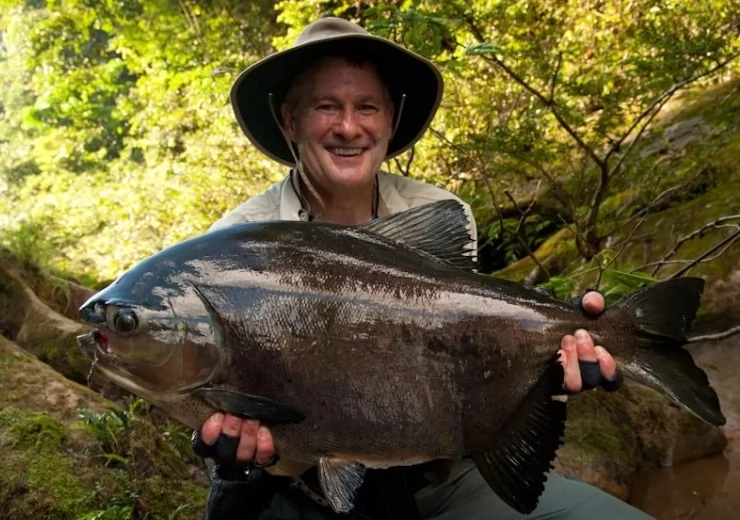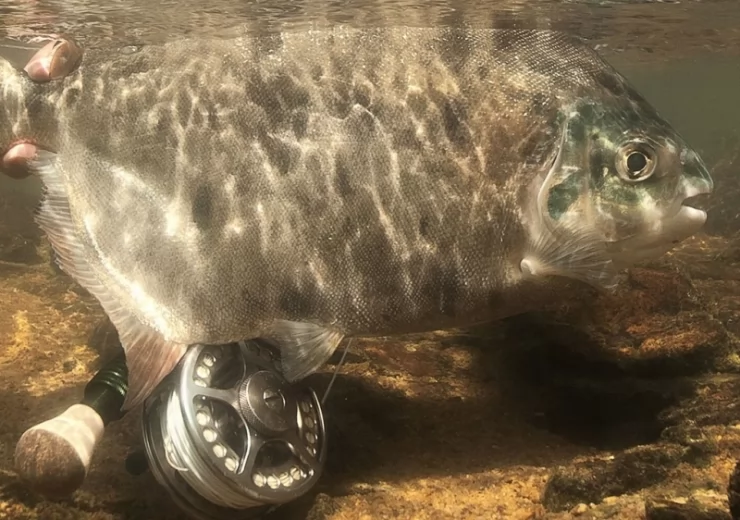INTRODUCTION
PACU
Pacu is a common name used to refer to several species of omnivorous South American freshwater serrasalmid fish that are related to the piranha.
How can you tell the difference between a piranha and a pacu?
With their flat, light-colored bodies, pacus and piranhas are often mistaken for each other at first glance.
When you look a little closer, however, you'll be able to spot the differences:
TEETH
Piranhas have sharp, jagged teeth that are meant for cutting. Pacu fish have flat, blunt teeth that are used for grinding.
SIZE
Piranhas are usually 1 – 2 feet long. By contrast, the largest species of pacu fish can grow to 3.5 feet long.
COLOR
The red-bellied pacu looks a lot like the red-bellied piranha, and this isn't a coincidence. It's a natural form of mimicry that protects young pacu from predators. However, the red color fades by adulthood because they grow so large that they don't need to scare off predators anymore. If you see a fish with fading red scales, it's a pacu and not a piranha.
Pacu fish have broad, flat bodies with fins on their backs and bellies. They can grow several feet long and weigh a hefty handful.
Pacu fish usually come in solid neutral colors like silver, gray, black and white, but there are a few breeds with flashier hues, including the red-bellied pacu (Piaractus brachypomus).
They can also have markings like the black-ear pacu (Myloplus schomburgkii).
Some species of pacu fish have distinctive characteristics like the downward-facing “beaks” found in parrot pacu (Ossubtus xinguense).
One common feature of all breeds of pacu fish is their human-like teeth. Unlike some fish species that have sharp, jagged fangs meant for slicing through their prey, pacu fish have two sets of blunt molars that they use for cracking nuts and grinding up plants.
This means that when you peel back the “lips” of a pacu fish, you'll see a mouth that looks and functions quite like yours.

































